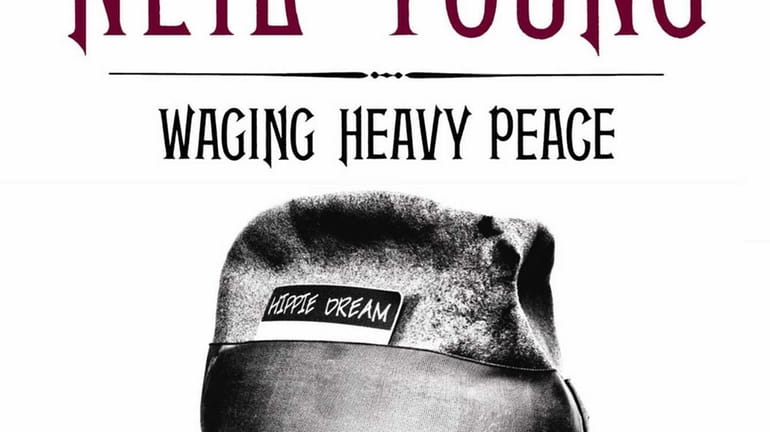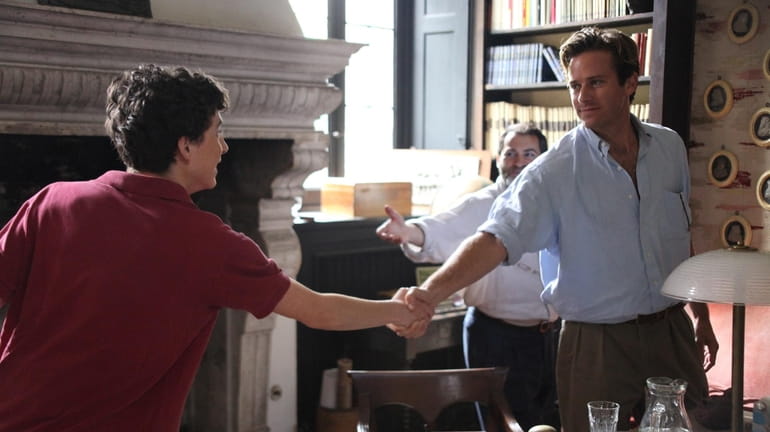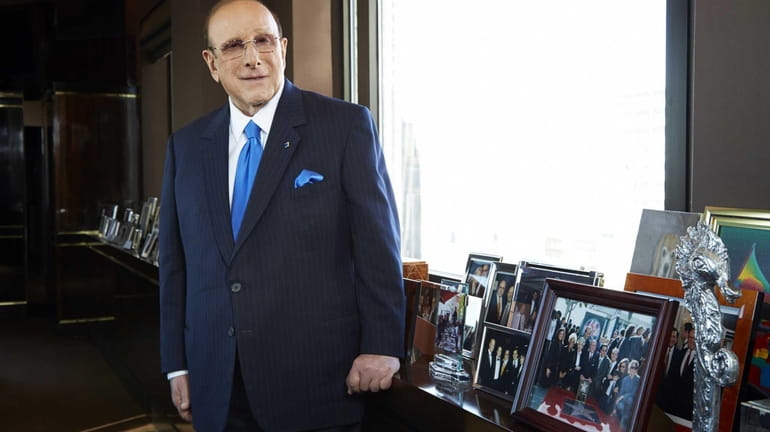'Hank Greenberg: The Hero of Heroes:' Of basketball, baseball and God

"Hank Greenberg: The Hero of Heroes" by John Rosengren Credit: Handout
Hank Greenberg was the son of Romanian Jews who spoke Yiddish at home. As a Detroit Tiger, he was dropped into a state whose industry was controlled by one anti-Semite (Henry Ford) and whose airwaves were poisoned by another (Father Charles Coughlin).
He hit 58 home runs in 1938, 331 overall, and finished with a career batting average of .313.
John Rosengren calls his new biography "Hank Greenberg: The Hero of Heroes" (New American Library, $26.95). Baseball fans remember Greenberg as a path breaker much like Jackie Robinson, whose entry into the majors he celebrated.
His life was complicated -- he worked for Ford during the off-season, for example -- and he labored under the burden of being a symbol, all the more so after a nationwide contretemps over whether an accomplished athlete with flat feet should serve in the armed services. (He was inducted exactly seven months before Pearl Harbor.)
It didn't hurt that he stood 6'4" and twice was the American League's most valuable player.
"Hank became the face -- and muscles -- of Judaism in America," Rosengren writes.
Rosengren's book is an evocative portrait of Detroit, and baseball, in the 1930s and '40s, but it's also a portrait of how the Jewish people and baseball interacted: "He had begun to change the way Jews thought about baseball and the way baseball fans -- Americans -- thought about Jews."
For more than a decade, New York University President John Sexton has been teaching a course called "Baseball as a Road to God." Now Sexton, who as a boy listened to the seventh game of the 1955 World Series while clutching a 12-inch crucifix -- yes, he was a Brooklyn Dodgers fan -- has taken the elements of his course and transformed them into a book, "Baseball as a Road to God: Seeing Beyond the Game," written with Thomas Oliphant and Peter J. Schwartz (Gotham, $27.50).
He begins by telling us that the nation's pastime is "a road to God" but not "the road for everyone." Whew! What a relief.
This book is hinged on what he calls "the interplay of faith and doubt" -- that's interplay, not interleague play -- and he's right that both baseball and religion are rooted in that eternal struggle. He argues, moreover, that baseball is beyond reason, perhaps diminished by reason.
"The most important elements of baseball cannot be measured. Some of them simply are immeasurable. And the numbers can miss the essence of the matter; the facts can become false idols, obscuring truth in horrible reductionism."
Some of this is a little forced: Phrases like "our trinity of stories" and an account of the 1914 "Miracle" Braves followed by this sentence: "In religion, miracles also play an important role." But the book is redeemed (oops -- there we go again!) by passages like this:
"Baseball calls us to live slow and notice. This alone may be enough -- if it causes some to perceive the world differently and more intensely."
Two classic coaches. Two East Coast basketball powers. Two Catholic colleges. One Patrick Ewing (because there is only one Patrick Ewing). A national-championship game. A legend is born.
Now that legend -- Villanova's 1985 upset over Georgetown, before the second-largest television audience ever to watch a basketball game -- is enshrined between hard covers, in Frank Fitzpatrick's "The Perfect Game: How Villanova's Shocking 1985 Upset of Mighty Georgetown Changed the Landscape of College Hoops Forever" (Dunne/St. Martin's, $25.99).
There really was something perfect in it -- the way Villanova made 90 percent of its shots in the second half, the way the two teams played in the last college game before a shot clock was instituted, the way the game was, as Fitzpatrick puts it, "a perfect little microcosm of the 1980s."
Today that stunning game (and the two coaches, the redoubtable John Thompson and the doubtable Rollie Massimino) seem like a magnetic matchup -- and a memory from another time, far, far away:
"Watch the game now, all these years later," Fitzpatrick writes, "and once you get past the players' laughably brief shorts, the cheerleaders' swollen hair, and the lack of 21st-century clutter on the fuzzy CBS image, it's impossible to miss its magic."
The world has changed, but this game shimmers still.



